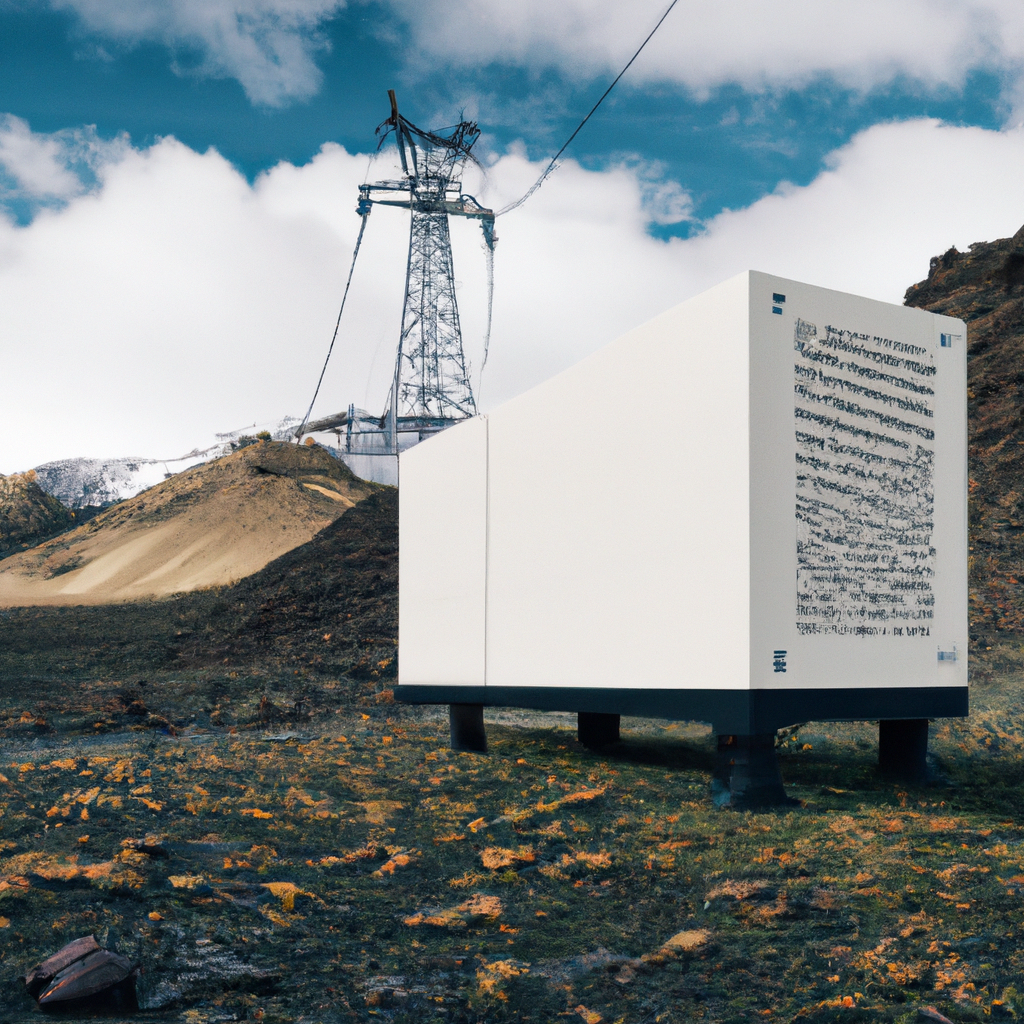Are you an outdoor enthusiast who loves embarking on thrilling adventures? Do you often find yourself in remote locations, away from the comforts of civilization? If so, you understand the importance of having a reliable power source to keep your devices charged and your equipment running smoothly. In this article, we will guide you through the process of building your very own portable off-grid power station. With this power station, you can harness the energy of the sun and never worry about running out of power during your outdoor escapades.

Understanding the Basics: What is an Off-Grid Power Station?
Before we delve into the details of building your own off-grid power station, let’s first understand what it entails. An off-grid power station, also known as a portable solar generator, is a self-sufficient system that generates and stores electricity from renewable sources, such as solar panels or wind turbines. It allows you to power your essential devices and appliances even when you’re far away from the traditional power grid.
The Benefits of an Off-Grid Power Station
There are several advantages to having your own off-grid power station for your outdoor adventures:
- Portability: Unlike fixed solar panel installations, a portable off-grid power station can be easily transported from one location to another. This flexibility allows you to take it with you on camping trips, hiking expeditions, or any other outdoor activity.
- Independence: By relying on renewable energy sources, you become less dependent on fossil fuels and traditional power grids. This not only reduces your carbon footprint but also gives you the freedom to explore remote areas without worrying about access to electricity.
- Versatility: With a portable off-grid power station, you can power a wide range of devices, including smartphones, laptops, cameras, portable refrigerators, and even medical equipment. This versatility ensures that all your essential devices are charged and ready to use whenever you need them.
- Cost Efficiency: While the initial investment in building an off-grid power station may seem significant, it can save you money in the long run. Instead of relying on expensive disposable batteries or fuel-powered generators, you harness the power of the sun for free. This can significantly reduce your recurring expenses.
Now that we understand the benefits, let’s dive into the step-by-step process of building your own portable off-grid power station.
Step 1: Assess Your Power Needs
Before you start gathering the necessary components for your off-grid power station, it’s crucial to assess your power needs. Consider the devices and appliances you plan to power and their respective power requirements. Make a list of the wattage or amperage needed for each device to determine the overall power capacity your system should have.
Step 2: Choose the Right Solar Panels
Solar panels are the heart of any off-grid power station. They convert sunlight into electricity, which is stored in batteries for later use. When selecting solar panels, consider their efficiency, durability, and power output. Look for panels with high conversion rates and a sturdy build, capable of withstanding various weather conditions.
Step 3: Select the Battery Bank
The battery bank is where the harvested solar energy is stored. It provides a consistent power supply even when the sun isn’t shining. When choosing a battery bank, opt for deep-cycle batteries specifically designed for solar applications. These batteries can handle frequent charge and discharge cycles, ensuring longevity and reliability.
Step 4: Include a Charge Controller
A charge controller is an essential component that regulates the flow of electricity from the solar panels to the battery bank. It prevents overcharging and over-discharging, ensuring optimal battery performance and extending its lifespan. Choose a charge controller that matches the voltage and current rating of your solar panels and battery bank.
Step 5: Incorporate an Inverter
An inverter converts the direct current (DC) stored in the battery bank into alternating current (AC), which is compatible with most household appliances and electronic devices. Select an inverter with sufficient power capacity to accommodate your devices’ needs. Consider additional features like surge protection and pure sine wave output for sensitive electronics.
Step 6: Assemble and Test Your System
Once you have gathered all the necessary components, it’s time to assemble your off-grid power station. Follow the manufacturer’s instructions for mounting the solar panels, connecting the battery bank, charge controller, and inverter. Ensure all connections are secure and properly insulated. Once assembled, test the system to ensure everything is functioning correctly.
Step 7: Optimize and Maintain Your Power Station
Congratulations on building your portable off-grid power station! However, your journey doesn’t end here. To ensure optimal performance, there are a few additional steps you should take:
- Positioning: Place your solar panels in an area that receives maximum sunlight throughout the day. Regularly adjust their angle and orientation to optimize energy collection.
- Maintenance: Clean your solar panels regularly to remove dirt, dust, and debris that may hinder their efficiency. Inspect all components regularly for signs of wear and tear, and replace any faulty parts promptly.
- Backup Power: Consider including a backup power source, such as a small wind turbine or a portable generator, for extended periods of low sunlight or high power demands.
In conclusion, building your own portable off-grid power station is an empowering and sustainable solution for your outdoor adventures. By harnessing the power of the sun, you can enjoy the freedom and independence of exploring remote locations without compromising on essential power needs. Follow the steps outlined in this article to create a reliable and versatile off-grid power station that will keep you charged and connected wherever your adventures take you.